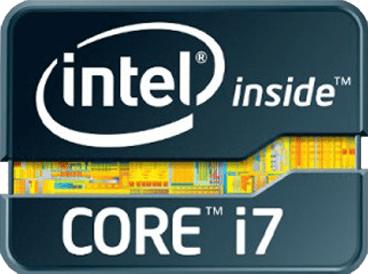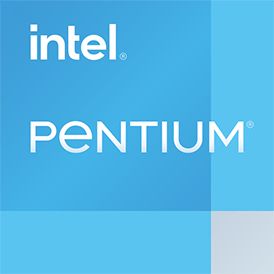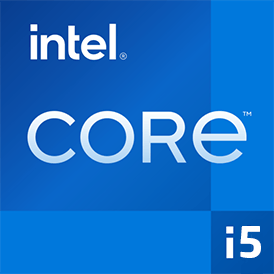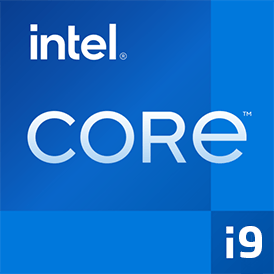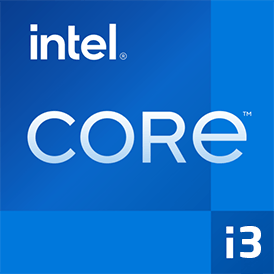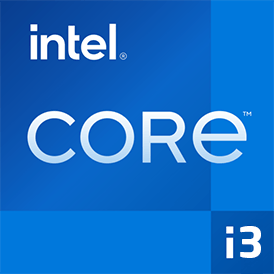Comparison of Colorful iGame GeForce RTX 2080 Ti Kudan-V video card vs EVGA GeForce GTX 980 Ti CLASSIFIED GAMING ACX 2.0+ V3 video card by specs and benchmarks. Colorful iGame GeForce RTX 2080 Ti Kudan-V runs at 1.350 GHz base clock speed and has 11 GB of GDDR6 memory, while video card EVGA GeForce GTX 980 Ti CLASSIFIED GAMING ACX 2.0+ V3 runs at 1.350 GHz base clock speed and has 6 GB of GDDR5 memory. The weight is different, 3580 g vs --. The TDP of the first video card is 250 W, and the second is 250 W . Compare the benchmark results to find out which video card is better.


 Russian
Russian  Germany
Germany  Portuguese
Portuguese  Italian
Italian  French
French  Japan
Japan  Spanish
Spanish  Polish
Polish  Chinese
Chinese 


